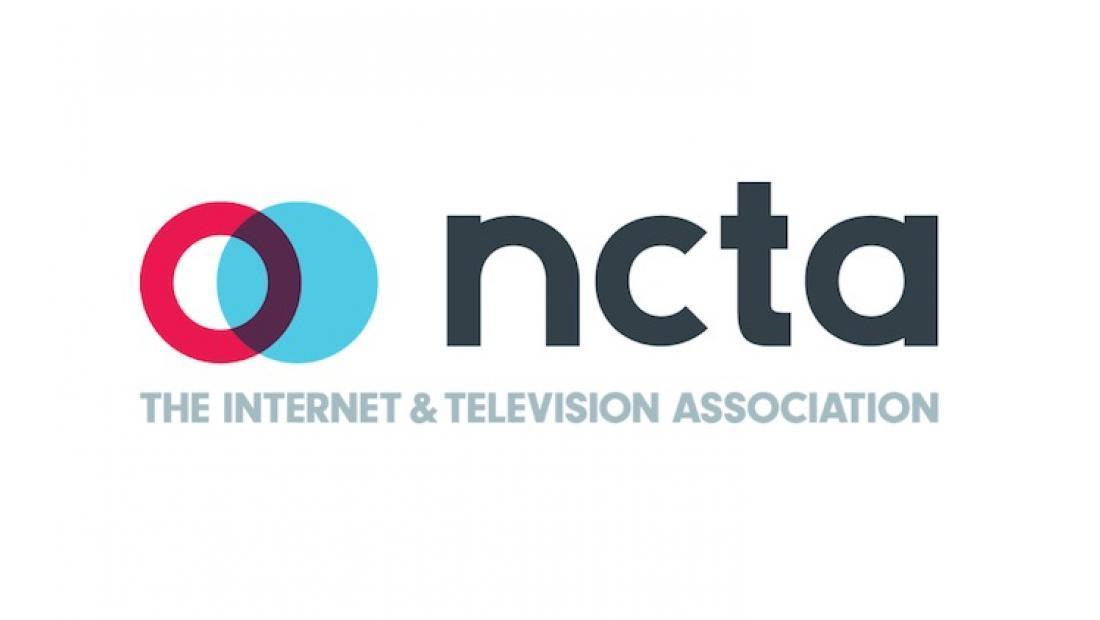Energy Gold Star: CTA, NCTA Renew Set-Top Efficiency Pact

Cable companies and consumer electronics manufacturers have extended their set-top energy efficiency partnership for another four years.
The Voluntary Agreement for Ongoing Improvement to the Energy Efficiency of Set-Top Boxes was struck in 2012 between the Consumer Technology Association, whose members make the boxes, and NCTA-The Internet & Television Association, whose members deploy them.
The latest extension is billed as saving consumers another $1.6 billion in energy costs and the atmosphere from 9.3 million metric tons (a metric ton is 2,200 pounds) of carbon dioxide annually. That is on top of the $2.1 billion saved and 11.8 million metric tons of CO2 not emitted so far in the program.
Related: Audit Shows MVPDs Meeting Energy Efficiency Goals
The new agreement includes a commitment to achieve even more rigorous energy performance levels that will ultimately save consumers an additional $600 million annually on top of the more than $1 billion in annual savings secured by the continuation of the existing program, numbers that will be verified by data from ISPs as well as audits and independent lab tests verified by third parties.
The parties agreed to keep trying for even more efficiencies.
One energy-reducing factor is the increasing use of laptops, tablets and smart phones, a trend expected to provide more energy savings by providing alternatives to set-tops.
MVPD signatories to the agreement include AT&T/DirecTV, Comcast, Charter, Dish Network, Verizon, Cox, Cablevision, Frontier and CenturyLink.
"The Voluntary Agreement is already moving toward its third generation of improved energy standards and has saved consumers billions of dollars without slowing the rollout of new services such as 4K Ultra High-Definition set-top boxes," said Neal Goldberg, NCTA general counsel, in a statement. "The extension of the Voluntary Agreement demonstrates our industry's commitment to approaches that assure our customers benefit from energy efficiency measures while maintaining our ability to develop new services and equipment which they demand."
Doug Johnson, VP of technology policy for CTA, added: "CTA believes that voluntary, market-driven initiatives are the most effective means of promoting and achieving significant energy efficiency gains. The set-top box agreement is a successful public-private partnership that accommodates both rapid technological change and significant energy efficiency goals. Across the board, tech devices are becoming more energy efficient, and our industry remains committed to providing consumers with products, services and systems that save money and cut energy use."
In fact the associations cited a December 2017 CTA report that found that household consumer tech devices consume 25% less energy than in 2010.
According to the 2012 agreement, which went into effect Jan. 1, 2013, at least 90% of all new set-tops bought and deployed by cable ops had to meet EPA Energy Star 3.0 levels, which the EPA said makes those boxes 45% more efficient than boxes that don't meet that standard. In addition, "light sleeper" mode software was employed by cable ops to more than 10 million DVRs already in use, and satellite operators included a power-down feature in 90% of the set-tops they deployed.
The initiative was on top of projected energy savings from the FCC's decision to allow cable ops to scramble the digital basic tier, which was estimated to save millions of truck rolls and their CO2 emissions.
Broadcasting & Cable Newsletter
The smarter way to stay on top of broadcasting and cable industry. Sign up below
Contributing editor John Eggerton has been an editor and/or writer on media regulation, legislation and policy for over four decades, including covering the FCC, FTC, Congress, the major media trade associations, and the federal courts. In addition to Multichannel News and Broadcasting + Cable, his work has appeared in Radio World, TV Technology, TV Fax, This Week in Consumer Electronics, Variety and the Encyclopedia Britannica.
